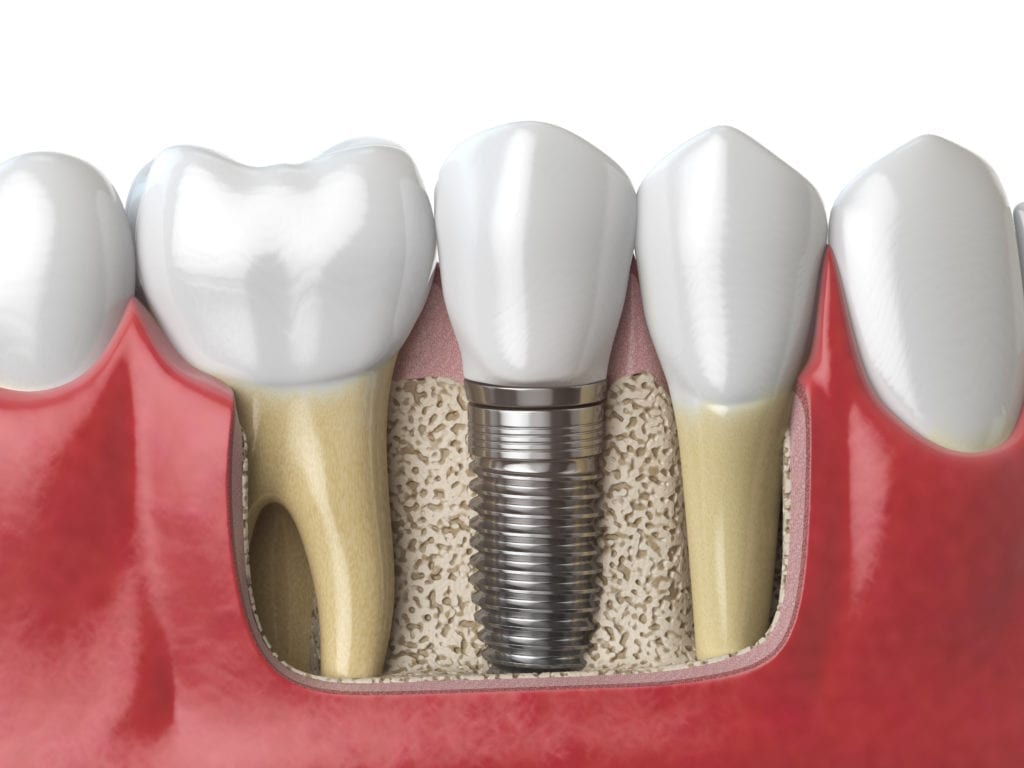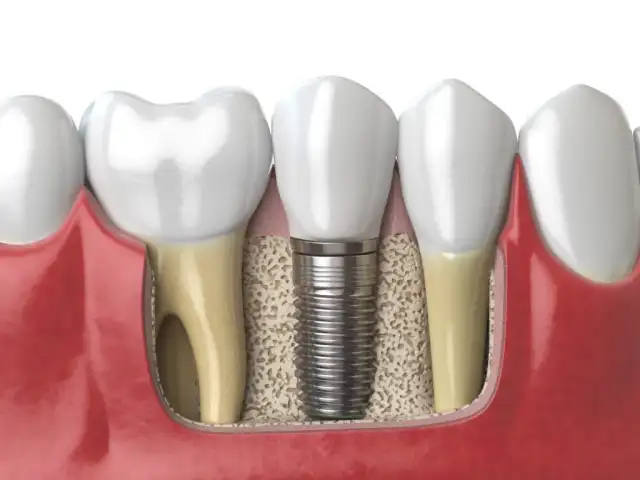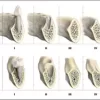- By - Malfaifi
- Posted on
- Posted in Implant Dentistry
Success criteria in implant dentistry
Criteria for success of osseointegrated endosseous implants
Smith et al 1989

1. Individual unattached implant that is immobile when tested clinically
2. Radiograph that does not demonstrate evidence of peri-implant radiolucency
3. Bone loss that is less than 0.2 mm annually after the implant’s first year of service
4. Individual implant performance that is characterized by an absence of persistent and/or irreversible signs and symptoms of pain, infections, necropathies, paresthesia, or violation of the mandibular canal
5. ln context of criteria mentioned, a success rate of 85% at the end of a 5-year observation period and 80% at the end of a lo-year observation as a minimum criterion for success values.
6. Determined that the mean bone loss for Branemark osseointegrated implants is 1.5 mm for the first year, followed by a mean bone loss of 0.1 mm per year
Nearly all implants can be probed to within 1 to 2 mm of the level of the bone
Scientific papers published into the 1980s generally indicated that bone needs a minimum of 50- to 100-µm cavities or pores for proper ingrowth
Today, we have sufficient knowledge that irregularities at least down to 1 µm may be invaded by bone, although complete Haversian systems need a larger space.



